What Does a Post-Pandemic Office Look Like?
Table of contents
Contemporary office is a product of several drastic changes in how we approach and think about work. Just this past year, tech workers throughout the country were forced to switch to fully remote work which disrupted their daily routine and employer expectations. The Org spoke with leaders at Ramp and Racket, as well as academics at NYU, to figure out what the perfect post-pandemic office looks like.
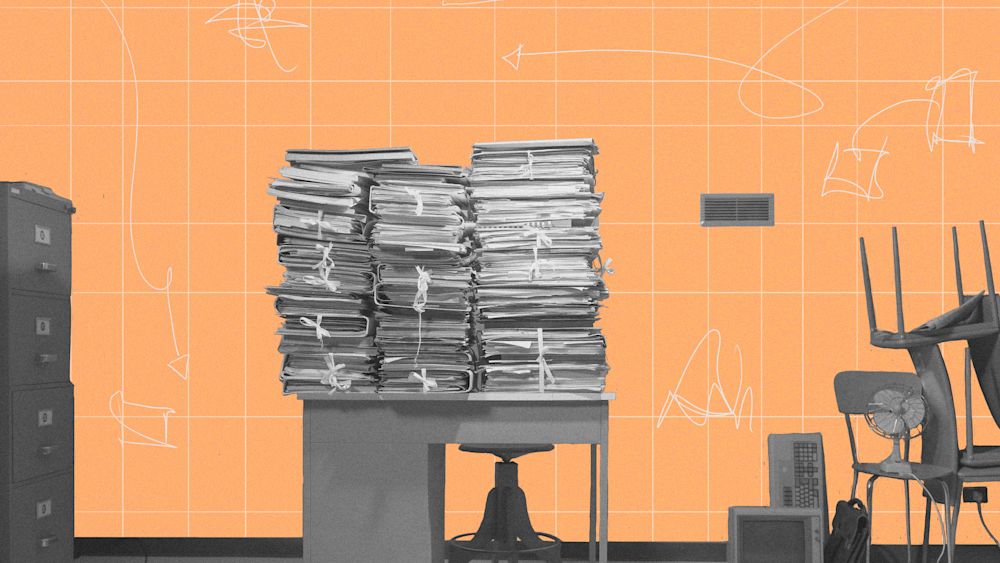
Historical Background
The first buildings designed as offices, and intended solely for the purpose of work, were the offices of the East India Company and the British Royal Navyin the 1720s, which included room for vast quantities of paperwork, as well as meeting rooms and a board room.
In 1856, a British government report that “for the intellectual work, separate rooms are necessary so that a person who works with his head may not be interrupted; but for the more mechanical work, the working in concert of a number of clerks in the same room under proper superintendence, is the proper mode of meeting.”
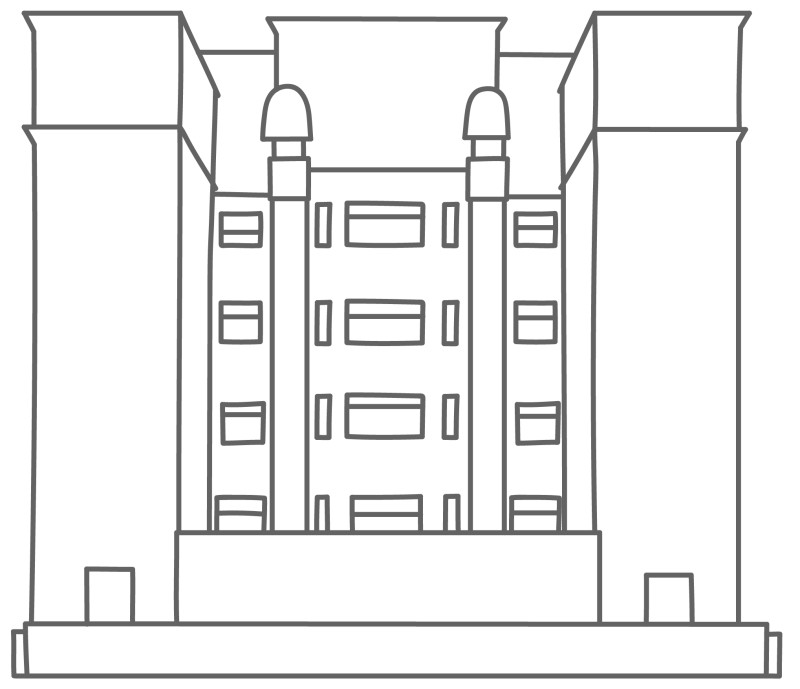
This launched the design and proliferation of the modern workspace, which has undergone infinite disruptions since Frank Lloyd Wright’s 1906 Larkin Administration Building, widely considered to be the first modern office. We’ve traversed eras from Frank Taylor’s efficiency-driven open-plan office, to the creation of the first skyscraper and invention of the , which made it possible to build new office space in the sky, to the rise of coworking spaces fueled by the gig economy and the “”
The Latest Disruption
In 2020 we saw another disruption to the design of the contemporary workplace. One of the most significant impacts of life in quarantine has been the shift to remote work; working from home went from the exception to the rule.
More than a year into the global pandemic, we’re now moving towards more hybrid solutions to the question of workplace design. The post-pandemic office, companies are quickly learning, cannot look like the pre-pandemic office. This includes normalizing things like screen guards and more ventilation, as public health officials have , but it also means that the nature of the way we work itself is changing.
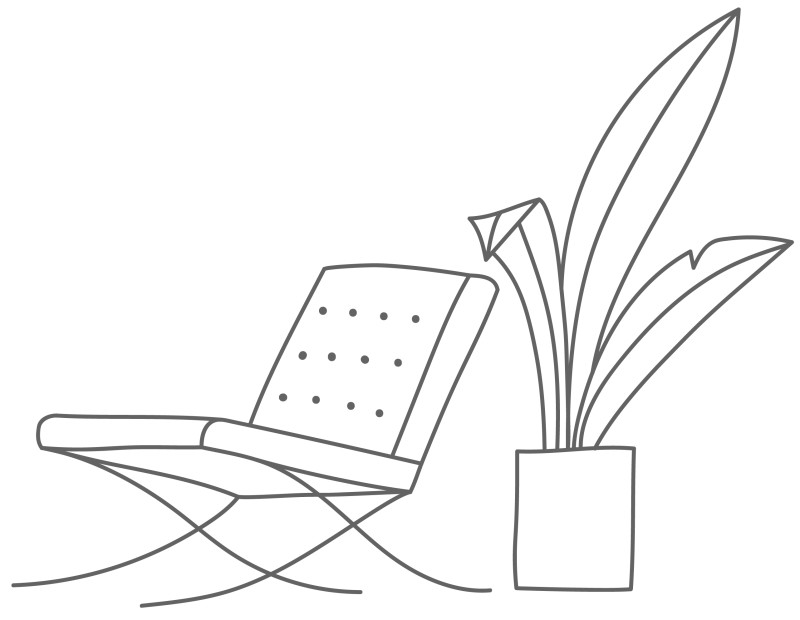
A Look at the Post-Pandemic Office
After at least a year of working from home, employees’ relationships to and expectations of their workplace have changed. Austin Petersmith and his team at Racket have recently inaugurated their in Manhattan Beach, which looks like a gorgeous home, including lounge areas, a cozy fireplace, a large kitchen and a casual reading room.
In-person work is incredibly valuable, Petersmith told The Org, “but I think that only really works if people want to be there. So, that's why we're investing in a space that our team wants to spend time in to boost productivity and morale.”
The team hopes to see more of each other in the coming year, he said, but this doesn’t mean phasing out remote work. “The idea was that there'd be private residential areas where team members can stay and have their own space, and then there'd also be lots of workspaces where the team can meet, collaborate, and do what we do best. The important thing is that the space is there when anyone wants it.”

This means that the space should be able to “accommodate varying degrees of usage,” with different parts of the office being used at different times, depending on how many employees are in the workspace on any particular day. This “hybridity” demonstrates the changes in the ways we work and shows the potential for continual adaptation.
“As we all go back to the office, it will be essential to avoid conflating face time and actual output when assessing performance — so that people don’t feel they need to show up to convince the boss that they’re working hard,” Dr. Anne-Laure Fayard, a professor of Innovation, Design, and Organizational Studies at NYU, wrote in a paper for the Harvard Business Review. “If coming back in means only individual work and task-focused meetings, the positive lessons from the pandemic will have been lost.”
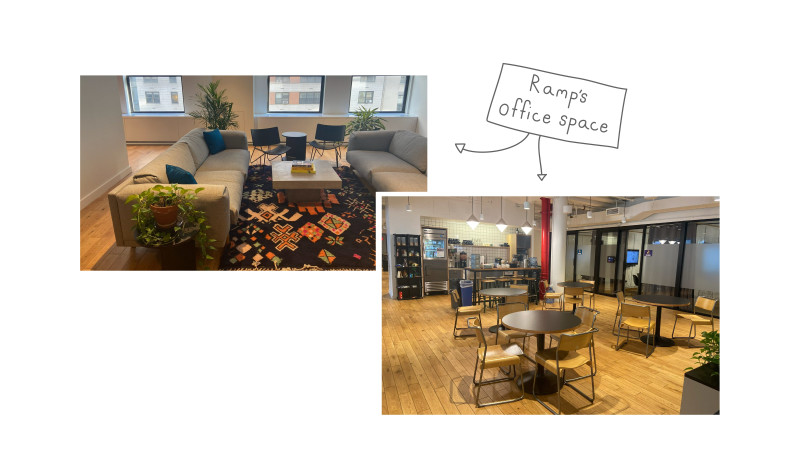
Ramp is only one of many companies taking this advice to heart. “People calling in are still at a disadvantage, but there is a lot of investment in planning for who is going into the office and when,” Head of Design at finance automation platform Ramp Diego Zaks told The Org. Now companies like Ramp are making it a priority to optimize people’s collaborative experiences in the office, rather than their individual experiences.
Dr. Fayard has seen in her research that design that accommodates leisure is often very useful for employees’ productivity: that ideating and collaborating often happens around coffee machines, printers and mail rooms; that people with offices near the bathroom often end up interacting more with their coworkers; and that team meetings that took place in open, central areas on the office floor invited more spontaneous participation.
“As a designer you know there are a lot of unplanned interactions,” she told The Org. “Your design is not finished until it’s used…design is not engineering.” The fact that employers can’t and shouldn’t control everything their employees do during office hours has only been made more clear during the pandemic, when people have not only been working from home but have also had to negotiate the zealous overcompensation of those managers who have shown too much interest in Slack and Zoom “surveillance.”
In the interest of making the contemporary workplace more flexible about the boundaries between work and leisure, this accommodation of “varying degrees of usage” is becoming more the norm, Zaks said. Having a designated workspace that an individual could personalize was more common before the pandemic than it is now, Zaks said, adding now more companies were moving towards “hotel desks” and spending more office space on collaborative rooms, assuming that individualized work could more easily be done remotely and most people were coming into the office for socialization.
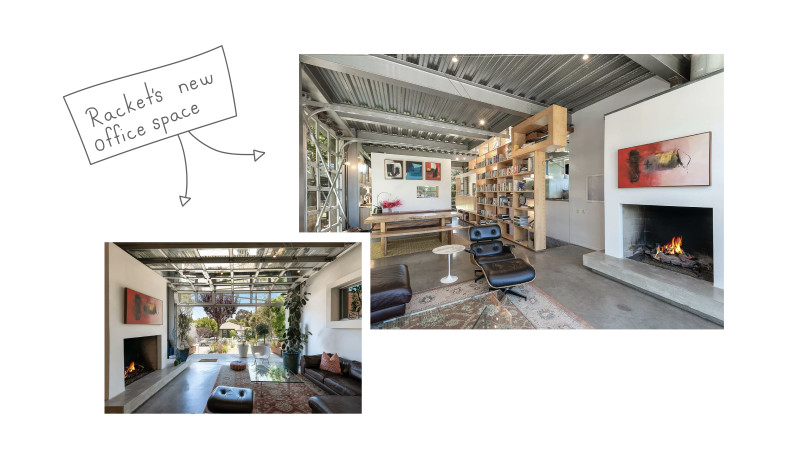
Racket has acknowledged the importance of this as well: “The main way for offices to make the best use of space today is by focusing on creating numerous comfortable places for work to happen such as desks, tables, sofas, whiteboards,” Petersmith said.
“Instead of only optimizing the dedicated space that each individual has, we optimize for a wide variety of spaces for the whole to work, as well.”
While flexibility about when and where the real creative work happens in an office — whether it be at a desk or in a meeting room or in a hammock — is a necessary and important development in the post-pandemic workplace, it’s important not to make the line between work and leisure too blurry.
“What people didn’t like about remote work is that we couldn’t form boundaries,” Fayard reminds us, “so it would be a mistake to try and blur that distinction within the office.”
What is key here for designers, Zaks says, is to think about how employers understand their employees’ leisure time. The “nice-to-haves,” as he calls them — the foosball and the skateboards and other perks of interesting startup workspaces and coworking spaces — are just that: unnecessary, but nice to have. These things cannot take the place of a real sense of meaning in the creative work being done. “The need to do something that’s fulfilling removes the emphasis on how cool the office is,” Zaks says. “That’s why people join startups in basements.”
Create your own free org chart today!
Show off your great team with a public org chart. Build a culture of recognition, get more exposure, attract new customers, and highlight existing talent to attract more great talent. Click here to get started for free today.
In this article


The ÂÜŔňÂŇÂ× helps
you hire great
candidates
Free to use – try today
